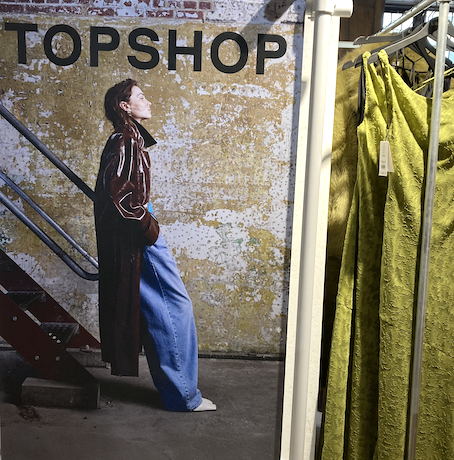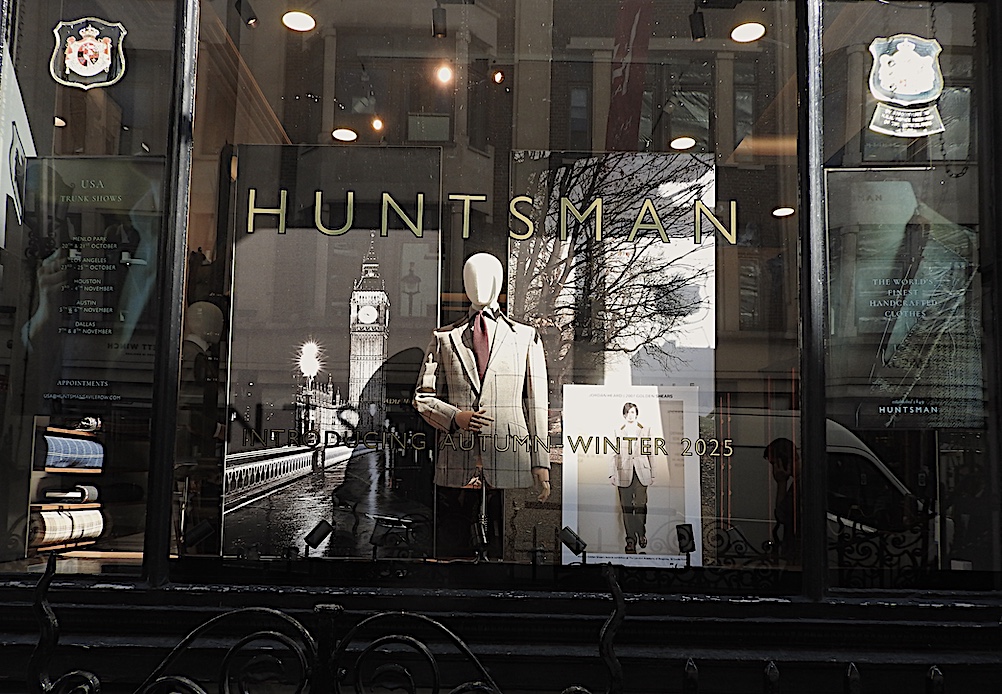How to Protect Promotional Posters and Prints From Sunlight Damage

05-11-2025
That eye-catching campaign poster or branded artwork hanging in your store or showroom may be quietly fading with every day of display. Sunlight damage to printed materials is cumulative and irreversible, meaning your marketing visuals could lose their impact long before your next campaign refresh. According to the Canadian Conservation Institute, posters exposed to direct daylight can show noticeable fading in as little as 0.8 to 7 days when UV radiation is present, a concern for fashion retailers who rely on bold visuals to communicate brand identity and product promotions.
For boutiques, showrooms, and fashion stores, natural light and large windows help create inviting spaces but they can also accelerate fading of posters, lookbooks, and campaign materials. While traditional paper prints remain especially vulnerable, canvas art prints by Desenio offer superior light resistance, making them a smart choice for sunlit environments where durability matters as much as aesthetic appeal. Protecting your visual displays from light exposure keeps your store looking fresh, on-brand, and professional.

(Huntsman window on Savile Row, London using print as part of its promotional display)
Why light damage matters
In-store lighting, particularly bright window displays, triggers chemical reactions that cause fading, colour shifts, and paper deterioration. Even standard lighting can degrade prints within weeks, while direct sunlight, which can reach 50,000 lux, accelerates this process dramatically.
For fashion brands, this doesn’t just mean faded colours it means diluted brand impact. A washed-out campaign image or faded logo can subtly undermine the premium feel of your space and reduce the effectiveness of your visual merchandising.
Smart protection strategies
Visual merchandisers and display designers now incorporate UV protection as part of their planning.
Consider:
- UV-filtering glass or acrylic for framed prints and posters (e.g., Conservation Clear® glass blocks up to 99% of UV rays).
- UV-absorbing window films to reduce light exposure without darkening your retail space.
- Rotation of visuals to spread exposure evenly across campaigns and prevent permanent fading.
- Material upgrades to UV-resistant inks, coated papers, or canvas substrates.
Professional conservators recommend that UV light levels should be minimised to less than 75 microwatts per lumen to protect sensitive materials a useful guideline for assessing lighting conditions in stores or showrooms.
Practical steps to preserve your brand visuals
- Position displays strategically away from direct sunlight and intense spotlights.
- Use UV-protective glazing or window films on high-exposure areas.
- Control humidity and temperature, maintaining a stable environment (45–55% relative humidity).
- Invest in automated solutions such as smart blinds or light sensors to manage exposure throughout the day.
By integrating these simple conservation measures, your posters, prints, and branded displays will stay as vibrant as the day they were installed without requiring constant manual intervention.
Retail images by JoJo Iles























